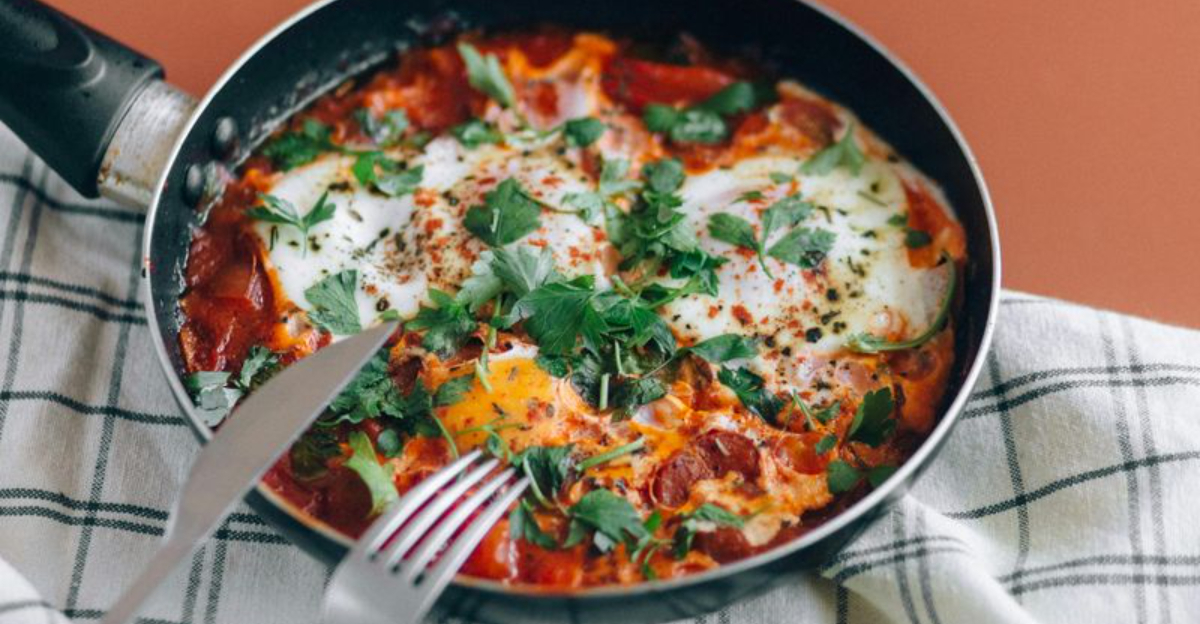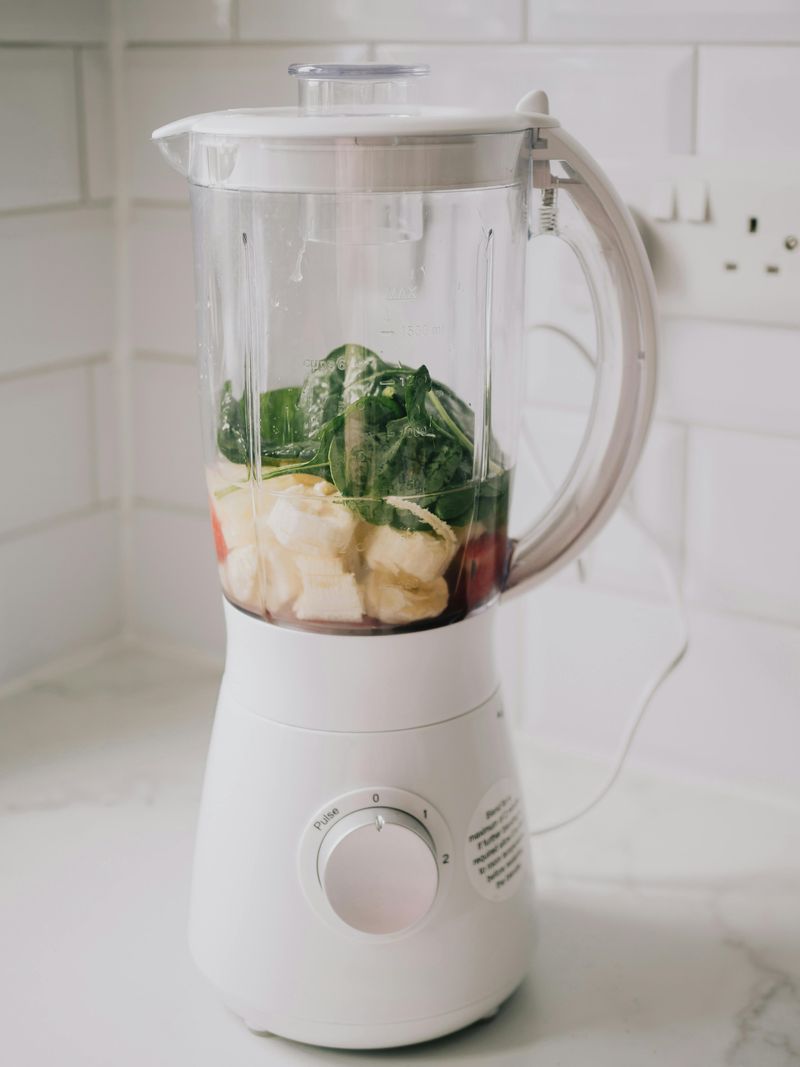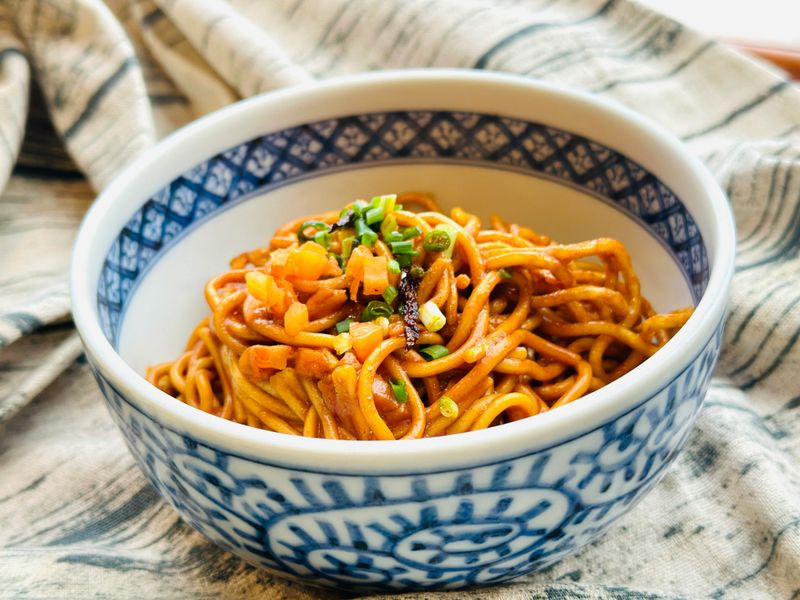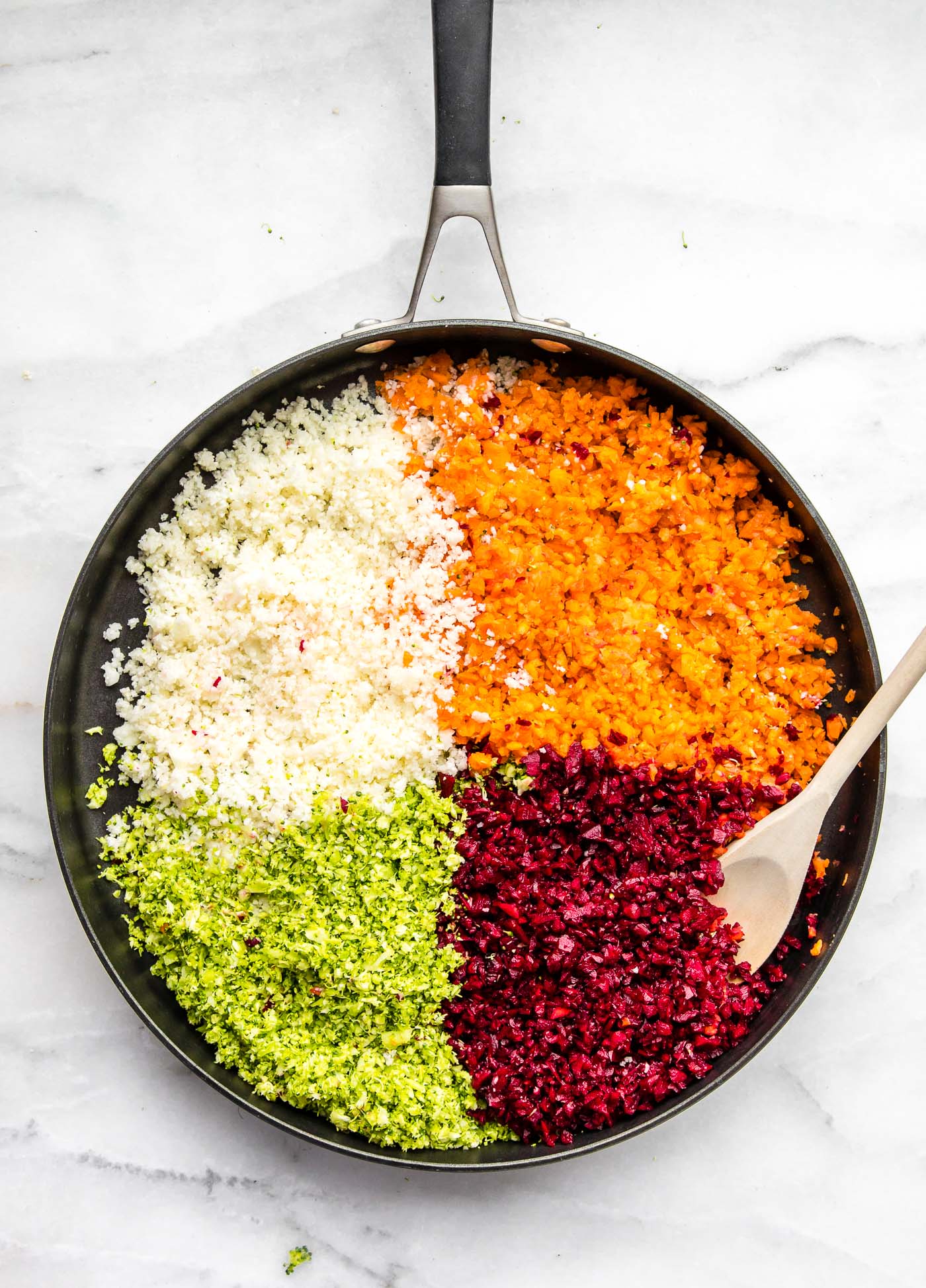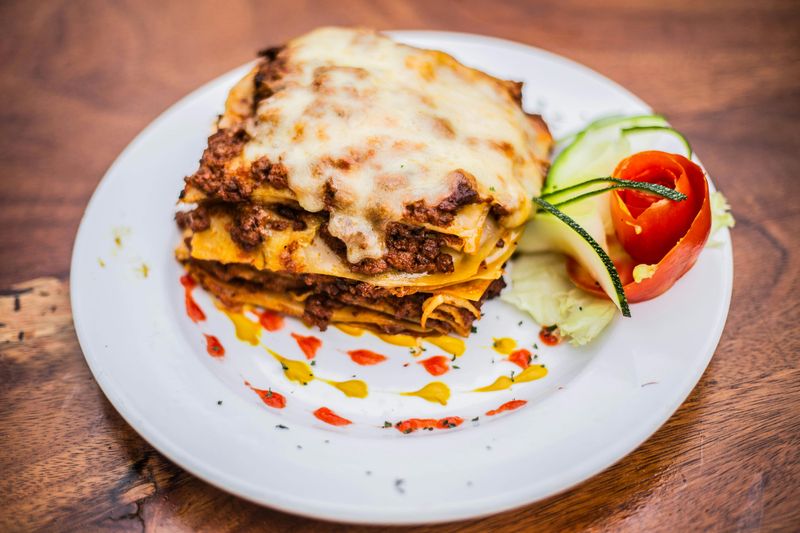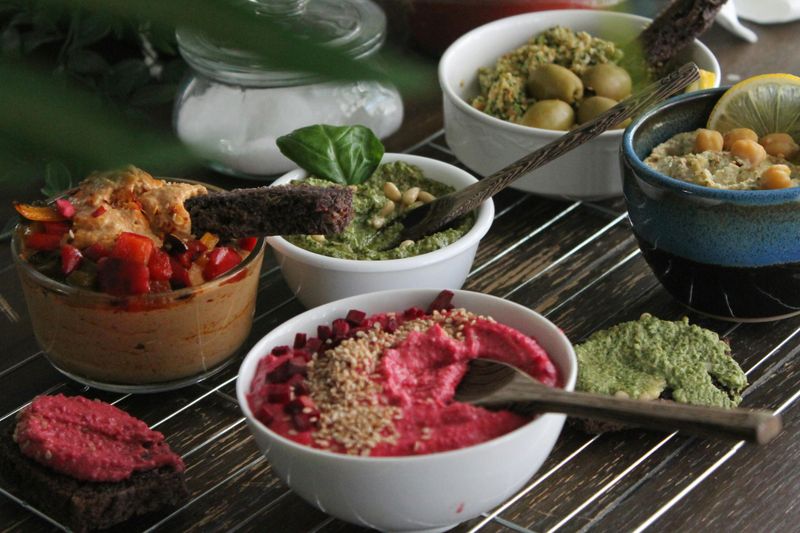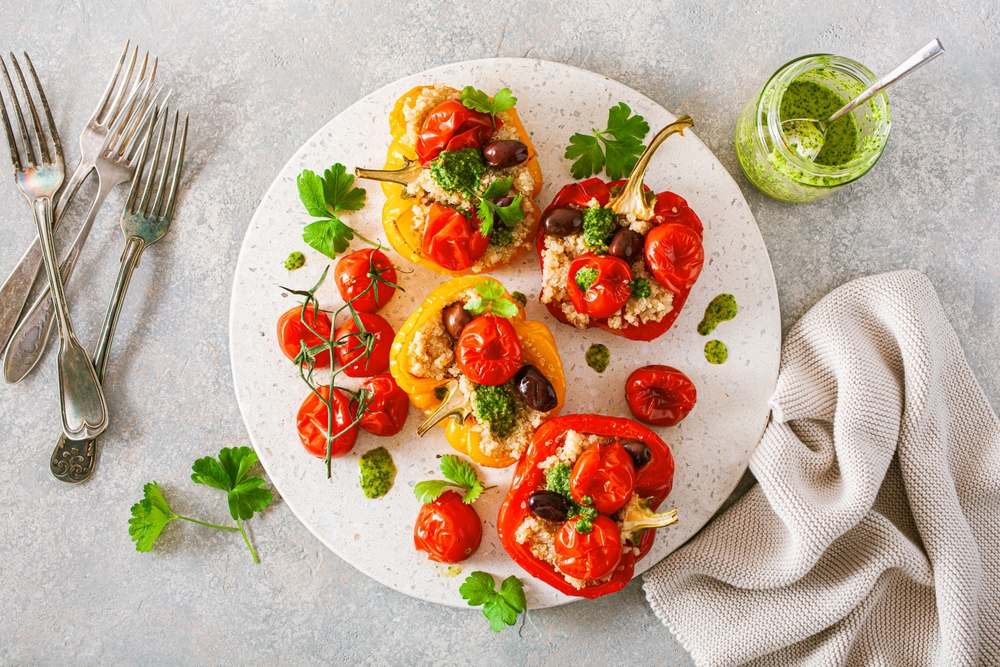Getting enough vegetables every day can be a struggle, especially if you have picky eaters at home. Most of us know we should eat more veggies, but sometimes our taste buds have other plans. The good news is that there are plenty of sneaky ways to add vegetables to meals without changing the flavor or appearance too much. Here are ten clever tricks to boost the nutritional value of your everyday dishes without complaints from even the pickiest eaters.
1. Blend into smoothies
Smoothies make the perfect hiding spot for vegetables. Spinach, kale, and even zucchini can disappear into a fruity blend without anyone noticing. The sweet taste of berries or bananas completely masks the vegetable flavor.
Start with a small handful of greens and gradually increase the amount as taste buds adjust. Frozen cauliflower adds a creamy texture without any strong flavor. For beginners, try a ratio of 2 parts fruit to 1 part vegetable.
Morning smoothies can easily pack 1-2 servings of vegetables before the day even begins!
2. Grate into ground meat dishes
Hamburgers, meatloaf, and meatballs welcome grated vegetables with open arms. Carrots, zucchini, mushrooms, and bell peppers can be finely grated and mixed directly into the meat mixture. The moisture from vegetables actually helps keep the meat juicy while cooking.
For burgers, add about ½ cup of grated veggies per pound of meat. Mushrooms work especially well because they have a meaty texture and umami flavor that complements beef. Try grating vegetables using the fine side of a box grater.
Even veggie-skeptics won’t detect them when they’re incorporated this way!
3. Transform into pasta sauce
Pasta sauce serves as the perfect disguise for pureed vegetables. Beyond the traditional tomatoes, try blending in roasted red peppers, carrots, spinach, or even butternut squash. The sauce’s strong flavors and smooth texture make the vegetables virtually undetectable.
Roast vegetables first to bring out their natural sweetness before blending. For a simple starter, steam and puree a cup of carrots to mix with your regular marinara sauce. Red sauces hide red and orange vegetables best, while white sauces can camouflage cauliflower perfectly.
Each serving of sauce can provide an extra vegetable serving with minimal effort!
4. Stuff into baked goods
Sweet treats can harbor vegetables, too! Zucchini bread, carrot muffins, and beetroot brownies have been fooling kids for generations. Pumpkin, sweet potato, and avocado also work wonderfully in baked goods, adding moisture and nutrition without veggie flavors.
Shredded zucchini disappears completely in chocolate baked goods. For beginners, try replacing ¼ of the flour in a recipe with very finely shredded vegetables. Pureed black beans can even replace flour in brownies for a protein boost.
Most vegetables need to be drained of excess moisture before adding to your batter to prevent soggy results.
5. Rice them for grain dishes
Cauliflower rice has become popular, but many vegetables can be transformed into tiny rice-like pieces. Broccoli stems, carrots, and parsnips work beautifully when pulsed in a food processor and lightly cooked. Mix these veggie “rice” options with regular rice for a gradual introduction.
Start with a 25% vegetable to 75% grain ratio and adjust as desired. Season generously with herbs and spices to integrate flavors. The similar size and texture blend seamlessly with actual grains, especially in dishes like fried rice, pilaf, or risotto.
Riced vegetables cook much faster than regular rice – they only need 3-5 minutes in a hot pan!
6. Layer into casseroles and lasagna
Casseroles and layered dishes provide perfect hiding spots for thinly sliced vegetables. Eggplant, zucchini, and spinach can replace some pasta layers in lasagna. Sliced vegetables practically disappear between cheesy, saucy layers.
For veggie lasagna beginners, replace just one pasta layer with vegetables. Mushrooms make an excellent meat substitute when diced small and sautéed until browned. Frozen spinach works wonderfully – just squeeze out excess moisture before using.
Try grating carrots or zucchini directly into the ricotta mixture for an even more seamless integration that adds nutrition without changing the texture significantly.
7. Puree into soups and stews
Thick, hearty soups and stews can hide an astonishing amount of vegetables. Pureed cauliflower creates a creamy base without cream. Blended white beans, potatoes, or parsnips add thickness while boosting nutrition.
For chunky soups, dice vegetables very small so they blend with the texture. Butternut squash disappears into chili, adding sweetness that balances the spice. Even simple chicken noodle soup can handle finely diced celery root, parsnips, and leeks alongside traditional carrots.
Cooking vegetables until very soft before blending ensures the smoothest texture with no telltale vegetable bits.
8. Mix into dips and spreads
Hummus isn’t the only dip that can feature vegetables! Roasted beets create vibrant pink dips while spinach adds nutrition to ranch dressing. Avocados blend into chocolate mousse for a creamy dessert dip that no one will suspect contains vegetables.
Roasted red peppers, carrots, and even peas can be pureed with beans or Greek yogurt for colorful, nutritious spreads. For picky eaters, start with mild-flavored vegetables like steamed and pureed cauliflower in familiar dips. Experiment with herbs and spices to complement the vegetable flavors.
Vegetable-based dips make perfect after-school snacks paired with whole-grain crackers or pita bread.
9. Transform into crispy chips
Kale chips started the trend, but many vegetables transform into crunchy, addictive snacks when thinly sliced and baked or dehydrated. Beets, sweet potatoes, zucchini, and even Brussels sprout leaves make delicious veggie chips. The familiar crunchy texture appeals to snackers of all ages.
The key is slicing vegetables paper-thin and removing excess moisture before baking. Season with favorite spice blends – ranch, taco, or simple salt and pepper work great. For best results, spread in a single layer and flip halfway through baking.
Veggie chips satisfy crunchy cravings while delivering nutrition conventional chips lack!
10. Stuff inside favorite foods
Hollowed-out foods make perfect vessels for vegetable-packed fillings. Stuffed peppers, tomatoes, and zucchini boats can hold mixtures of other finely chopped vegetables mixed with grains and proteins. The vegetable container itself becomes part of the meal!
For taco night, mix finely chopped mushrooms and zucchini into the filling. Quesadillas and grilled cheese sandwiches can hide thin layers of roasted vegetables between the melty cheese. Even baked potatoes can become nutrition powerhouses when topped with broccoli and cauliflower “cheese” sauce.
The familiar outer food makes the vegetable-packed filling more acceptable to cautious eaters.
